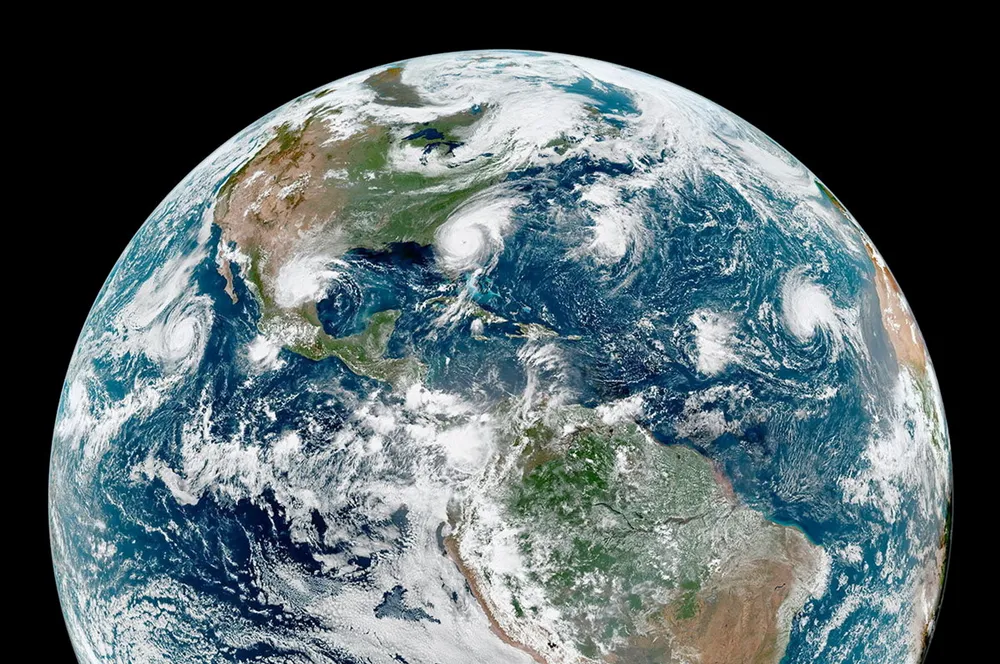Saving the planet | Reaching net zero by 2050 will require 500 million tonnes of 'emissions-free' hydrogen: BNEF
But producing that much H2 would require the equivalent of all the electricity generated globally in 2020, says analyst

But producing that much H2 would require the equivalent of all the electricity generated globally in 2020, says analyst
